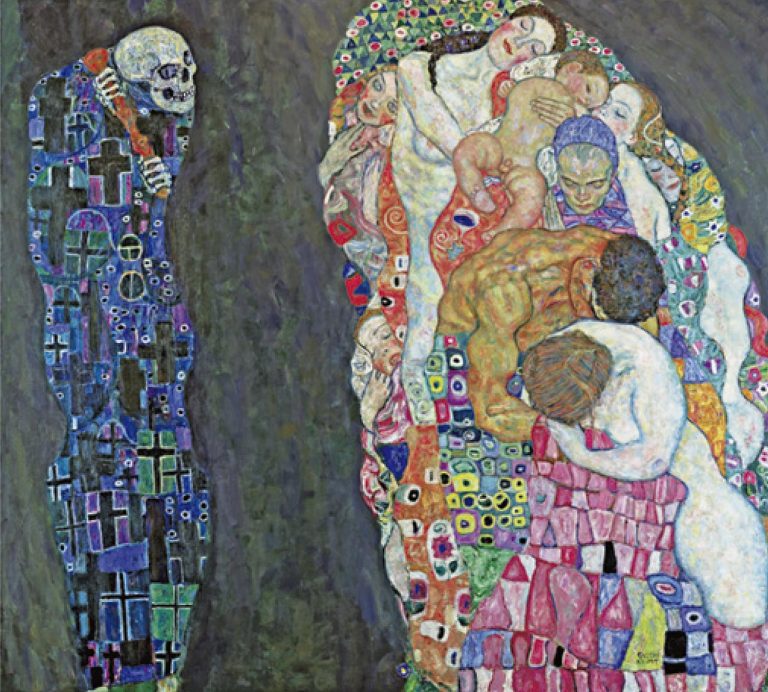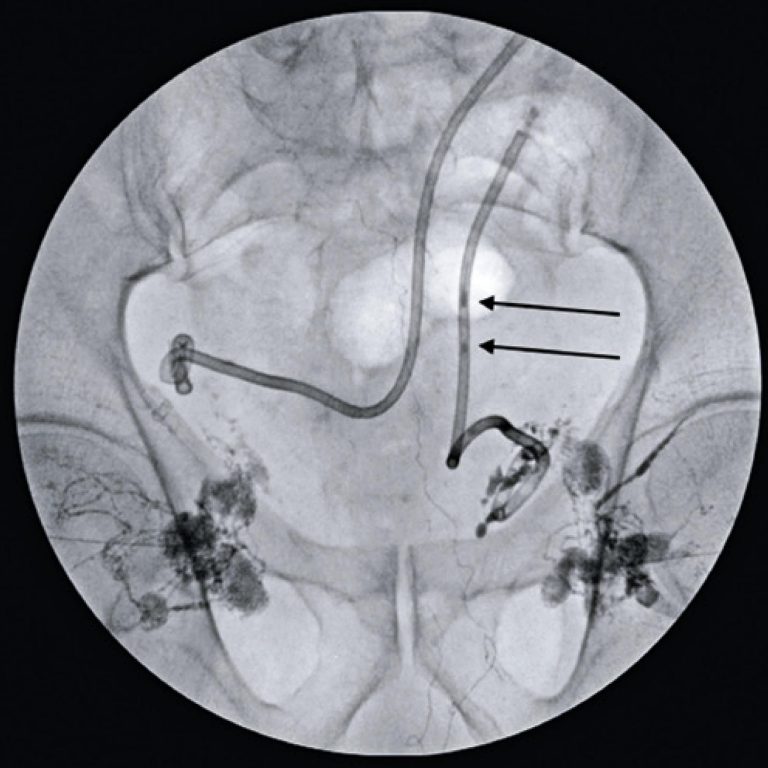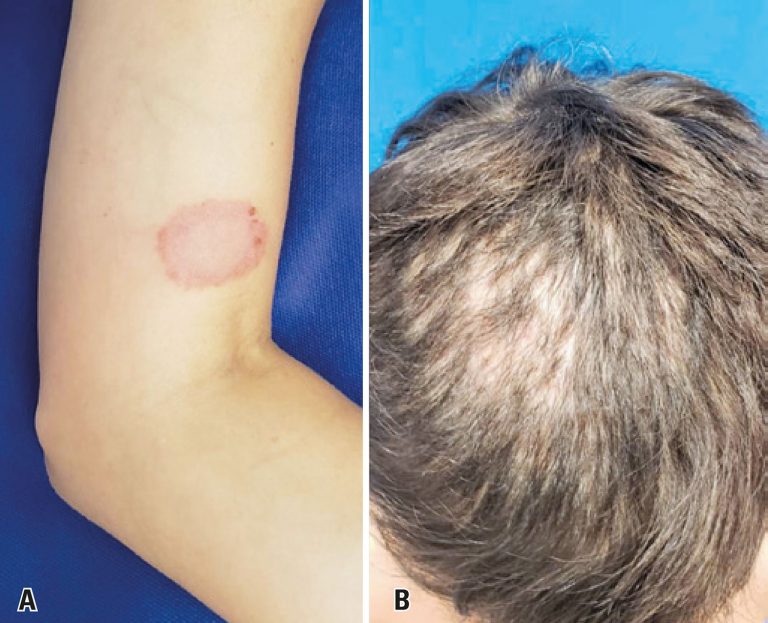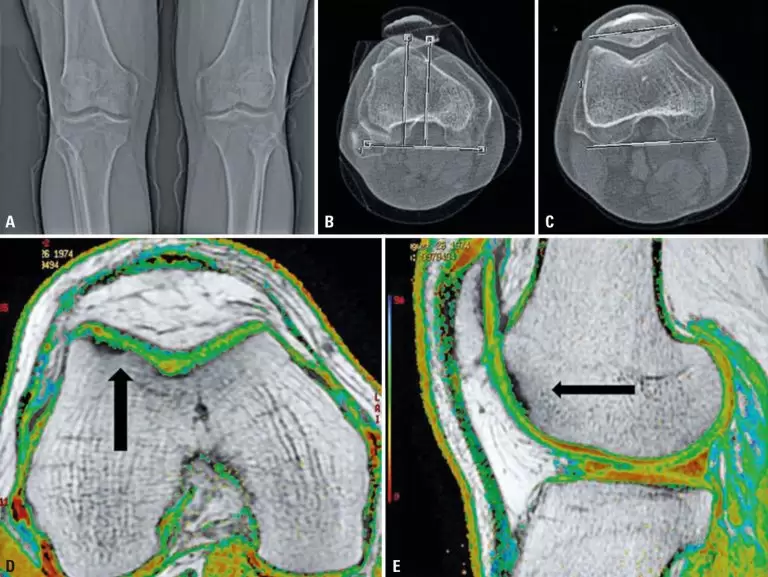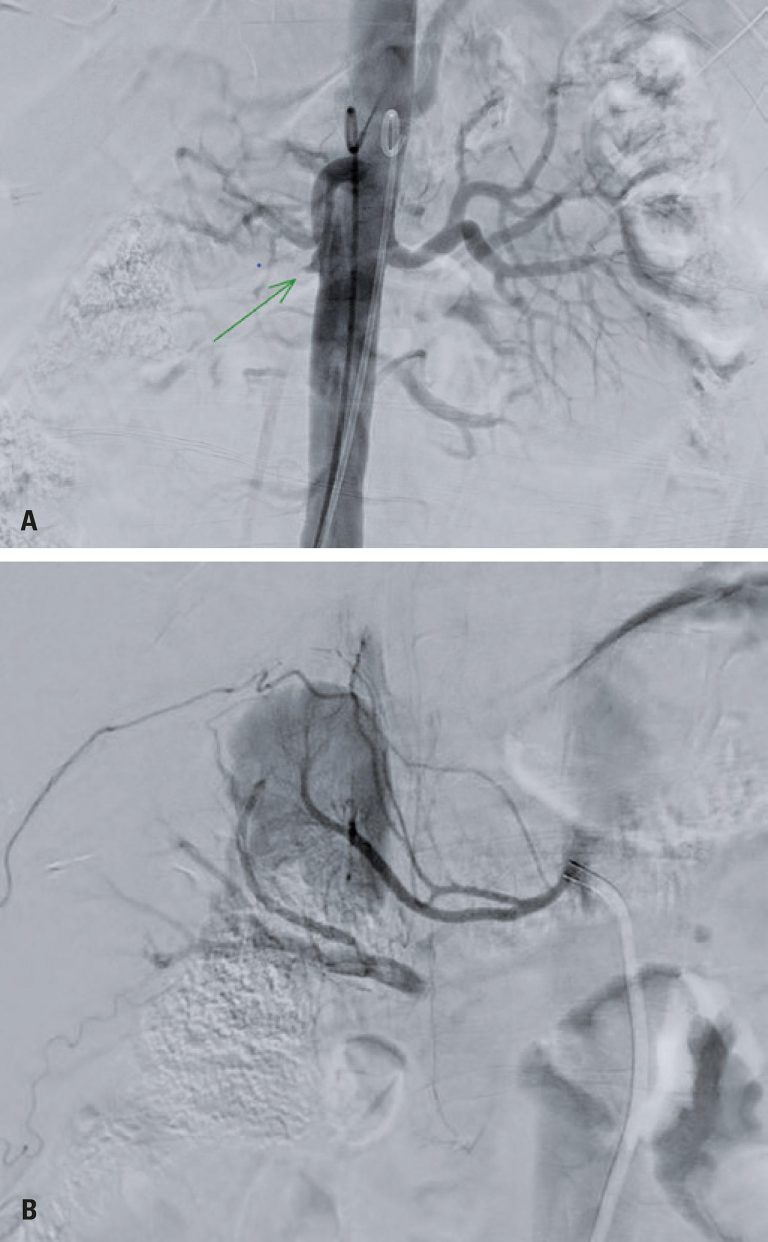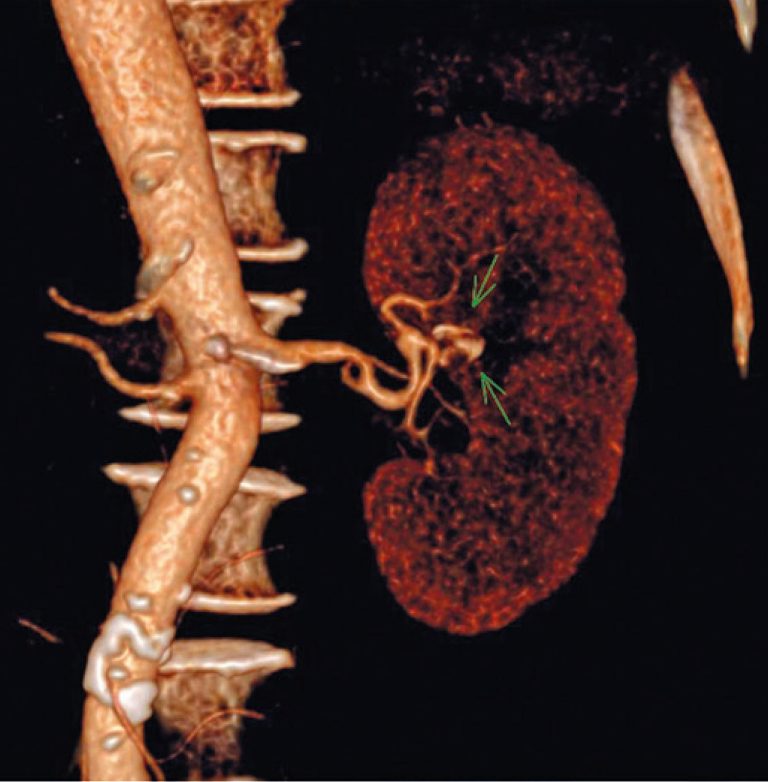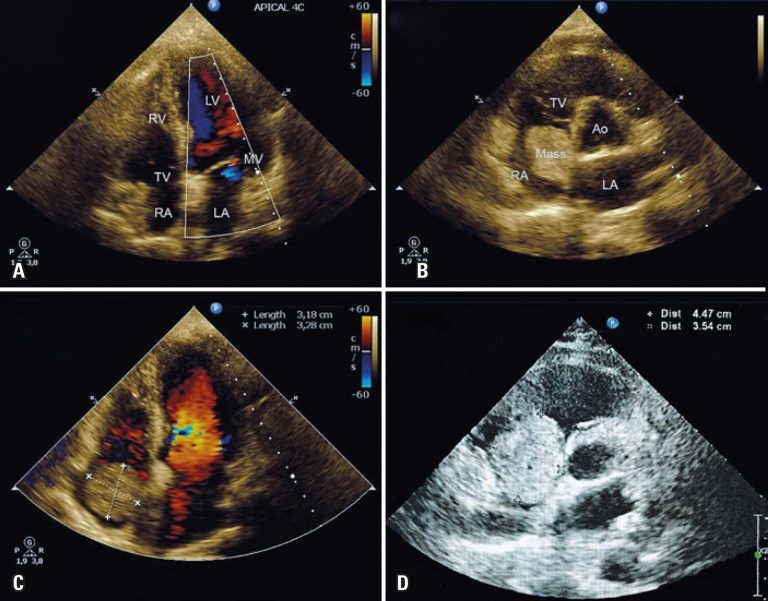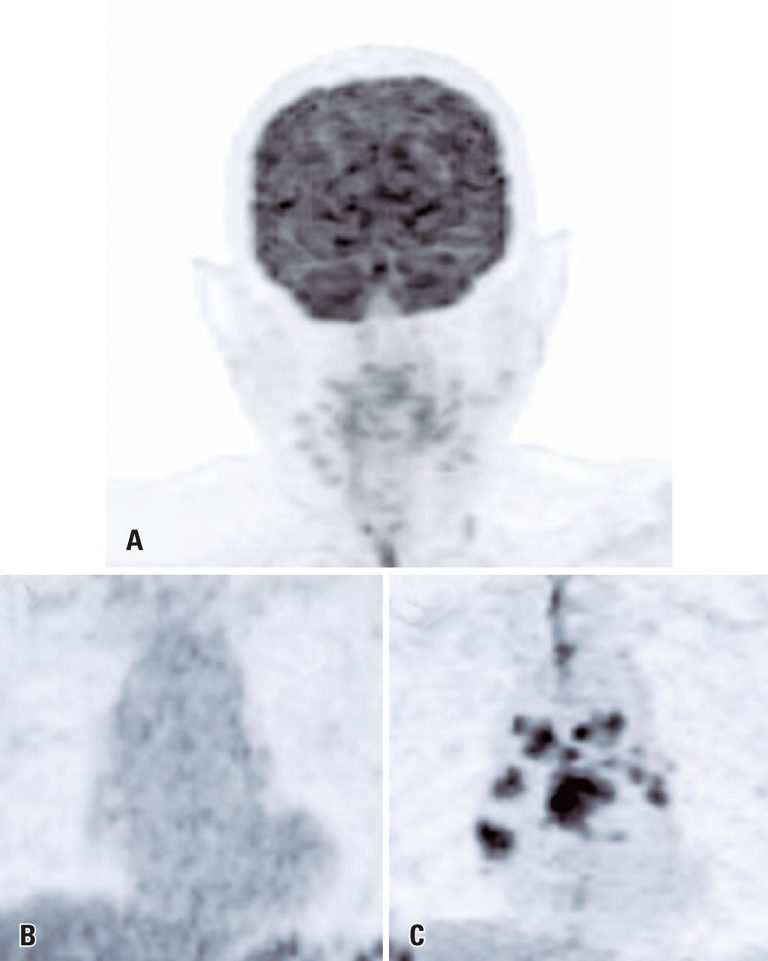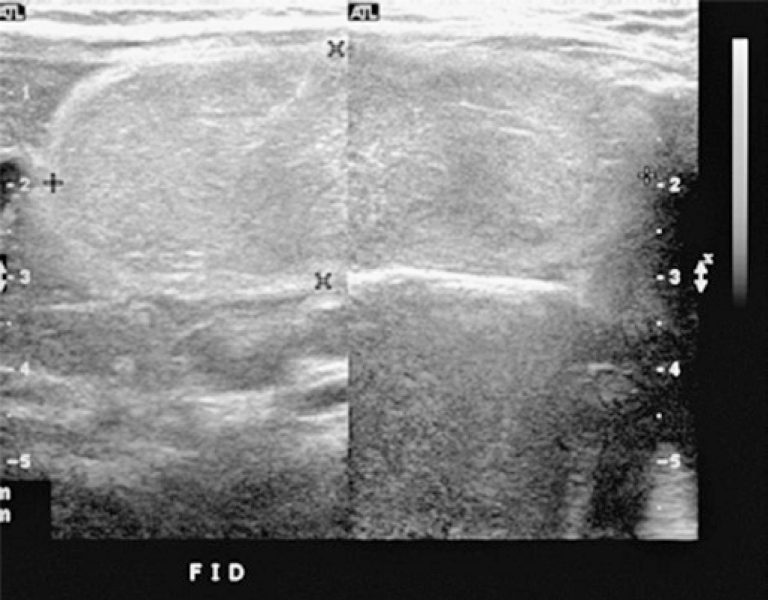12/Aug/2022
The impact of approaching grief on the neonatal team: professional experience report
DOI: 10.31744/einstein_journal/2022RC6698
ABSTRACT This case report describes the holistic performance of the multidisciplinary team in a context of approaching the moment of death of a newborn, in a cross-cultural approach, and its impact on the working group. We report the clinical case of a neonate diagnosed as severe congenital heart disease, who evolved with early surgical intervention and died on the second day of life. Considering the neonatal intensive care unit an area requiring performance of a specialized team that addresses, with […]
Keywords: Bereavement; Grief; Holistic nursing; Intensive care units, neonatal; Patient care team
10/Aug/2022
Transafferent nodal embolization for lymphocele treatment: case report
DOI: 10.31744/einstein_journal/2022RC6889
ABSTRACT Lymphoceles are collections of lymphatic fluid, mainly caused by major surgical approaches. Most lymphoceles are asymptomatic and limited, but some cases may require a medical management. Among the different techniques, transafferent nodal embolization has emerged as a minimally invasive option, with low morbidity and high resolubility, although it is not widespread in the Brazilian scenario. In this study, we report a case of lymphocele drained percutaneously, with maintenance of high output and requiring transafferent nodal embolization.
Keywords: Drainage; Embolization, therapeutic/methods; Lymphocele
28/Jun/2022
Alopecia and pet: a case report
DOI: 10.31744/einstein_journal/2022RC6881
ABSTRACT Dermatophytoses are fungal infections affecting the skin and cutaneous annexes. This clinical case report describes a 7-year-old girl with Kerion celsi, a severe manifestation of Tinea capitis. The patient presented with painful edematous crusty scalp lesions and alopecia, which required surgical debridement and long-term antifungal treatment. Culture of samples collected from scalp and arm skin lesions (patient and patient’s mother respectively) were positive for Trichophyton mentagrophytes. The family owned a pet guinea pig. This particular dermatophytosis is easily transmitted […]
Keywords: Fungi; Scalp conditions; Tinea; Tinea capitis
14/Jun/2022
Report of a clinical and laboratory management of cell therapy for knee cartilage in the face of mycoplasma contamination
DOI: 10.31744/einstein_journal/2022RC6918
ABSTRACT To describe a case of autologous chondrocyte implantation after cell culture contamination by Mycoplasma pneumoniae and the measures taken to successfully complete cell therapy in a patient with focal chondral lesion. A 45-year-old male patient, complaining of chronic pain on the knee and no history of trauma. He had a chondral lesion in the trochlear region of the femur and clinical tests compatible with pain in the anterior compartment of the knee. Conservative treatment failed to alleviate symptoms. Surgical […]
Keywords: Cartilage; Cell culture techniques; Cell- and tissue-based therapy; Chondrocytes; Knee; Mycoplasma
29/Mar/2022
Spontaneous renal artery dissection: angioplasty with stent implantation in one-year follow-up
DOI: 10.31744/einstein_journal/2022RC6570
ABSTRACT Spontaneous renal artery dissection is an unusual and idiopathic condition in most cases. In young, mildly symptomatic patients, diagnosis may be difficult, frequently culminating in delay in treatment. This report presents the case of a 40-year-old male patient, with severe hypertension of sudden onset, and difficult management of oral medication. In etiological investigation, Echo-Doppler of renal arteries showed signs of hemodynamically relevant right renal artery stenosis. Arteriography showed presence of double-lumen and thrombus in the vessel lumen, indicating dissection. […]
Keywords: Angioplasty; Dissection; Graft occlusion, vascular; Hypertension, renovascular; Renal artery
22/Mar/2022
Calcified intrarenal aneurysm simulating urinary lithiasis
DOI: 10.31744/einstein_journal/2022RC6484
ABSTRACT We describe the case of a female patient with calcification in renal topography, initially diagnosed as lithiasis in the left kidney, and later attributed to calcification of intrarenal vascular aneurysm. Next, we discuss the relevance of considering such an entity in the differential diagnoses of intrarenal calcifications before choosing any form of specific interventional treatment.
Keywords: Aneurysm; Lithiasis; Nephrolithiasis; Renal artery; Vascular calcification
17/Mar/2022
Fast growth rate of a right atrial myxoma
DOI: 10.31744/einstein_journal/2022RC6478
ABSTRACT Primary cardiac tumors are rare, with an incidence between 0.0017 and 0.19%, and are asymptomatic in up to 72% of cases. Approximately 75% of tumors are benign, and nearly 50% of these are myxomas. Concerning location, 75% of myxomas are in the left atrium, 15 to 20% in the right atrium, and more rarely in the ventricles. The finding of cardiac myxomas usually implies immediate surgical excision to prevent embolic events and sudden cardiac death. Reports with documented growth […]
Keywords: Dyspnea; Echocardiography; Heart atria; Heart neoplasms; Myxoma
23/Feb/2022
Oral ulcers and sarcoid-like reaction in lymph nodes after cemiplimab therapy for locally advanced cutaneous squamous cell carcinoma: a case report
einstein (São Paulo). 23/Feb/2022;20:eRC6367.
View Article23/Feb/2022
Oral ulcers and sarcoid-like reaction in lymph nodes after cemiplimab therapy for locally advanced cutaneous squamous cell carcinoma: a case report
DOI: 10.31744/einstein_journal/2022RC6367
ABSTRACT Cemiplimab is a novel programmed death-1 inhibitor recently approved for advanced cutaneous squamous cell carcinoma. Immune-related adverse events derived from cemiplimab are similar to other anti-PD-1 drugs, including gastrointestinal and cutaneous toxicities. Oral immune-related adverse events were not reported with cemiplimab in previous studies; thus this case report warns of the fact that the oral cavity may be a site of immune-related adverse events during programmed death-1 block therapy and that this can lead to significant limitations when not […]
Keywords: Carcinoma, squamous cell; Immunotherapy; Oral ulcer; Skin neoplasms
08/Feb/2022
Omental lipoma in pediatric age group: clinical presentation, image findings and management
DOI: 10.31744/einstein_journal/2022RC5584
ABSTRACT A 2-year-old female patient, admitted in the emergency room, presented diarrhea for 5 days and bloody stools in the last 24 hours. Physical examination revealed no significant findings. Ultrasound was initially performed, showing an elongated, well delimited and solid mass occupying since right hypocondrium until left iliac fossa, displacing adjacent structures. In sequence, magnetic resonance imaging was performed for confirmation of findings suggestive of omentum lipoma. After 1 week, the surgical resection was performed by videolaparoscopic acess. During 2-year […]
Keywords: Child; Omental lipoma/imaging diagnostic
08/Feb/2022
Unexpected improvement of hyperhidrosis with cannabidiol
DOI: 10.31744/einstein_journal/2022RC5795
ABSTRACT Hyperhidrosis is characterized by excessive sweating and it affects almost 5% of the population. The affected age group is wide, and it can affect from children to elderlies. There are two types of hyperhidrosis: generalized and focal. Treatment depends on the symptoms presented. In more severe cases, radiofrequency sympatholysis and bilateral thoracic sympathectomy are the options. However, recurrence is possible or the postoperative appearance of conditions called compensatory hyperhidrosis or reflex hyperhidrosis. We describe two cases of patients treated […]
Keywords: Cannabidiol; Dronabinol; Hyperhidrosis; Phobia, social; Sweating; Sympathectomy


